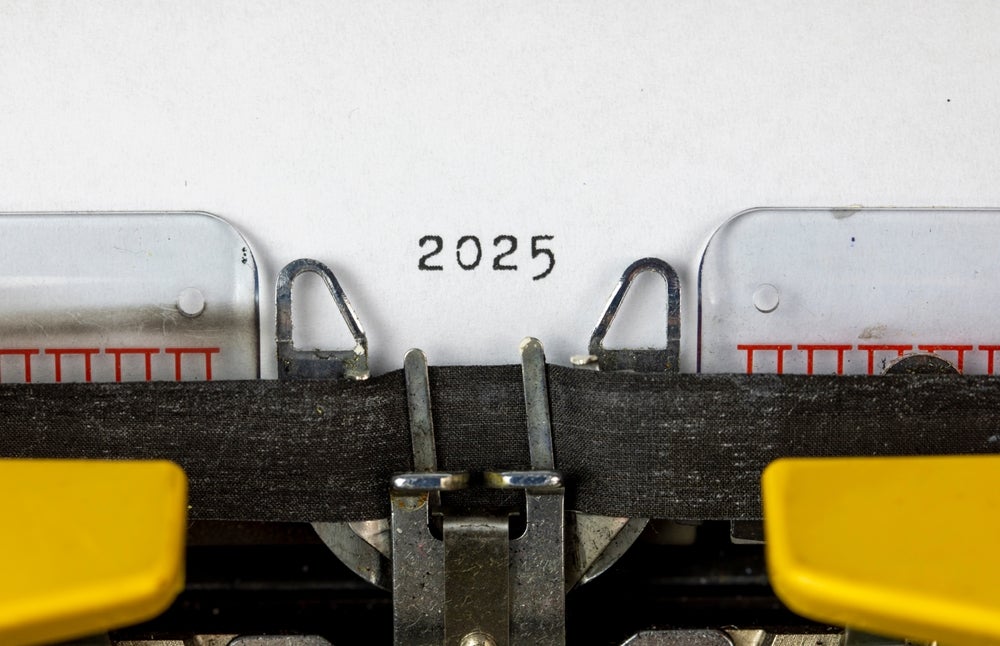Show organizers these days are finding that they have to do far more consulting with and selling to potential supporters than they have in the past. “Meeting planners usually don’t have a sales background, so this isn’t something they’re used to doing,” says Nancy Frede, president, MarketSense, Framingham, Mass. “But in today’s competitive climate, you don’t have a choice.”
And competitive it is. According to Charles Allen, chairman and CEO of American Exhibition Services in Birmingham, Ala., just a few years ago virtually all trade shows were owned by nonprofit associations; now independent show operators own 40 percent. “My educated guess is that within five years independents will own 60 percent of the shows,” he says.
Some show managers are looking to buck the trend by co-locating shows, as Canon Communications LLC did by combining its MD&M West, PLASTEC West, Pacific Design & Manufacturing, Electronics West, and Nutritionals shows into one event in 2002, thus creating perhaps the largest design and manufacturing event in the U.S. “Co-located shows bring higher return-on-investment for exhibitors and attendees because it lets them halve their costs and double their effectiveness,” says Allen.
“When times were great and people were slinging money at everything that moved, it was easy for show organizers to say, ‘it’s my job to get attendees to the show; it’s the vendor’s job to get them to the booth,’” says Allen. Now that the practical costs of exhibiting have risen to the point that vendors are cutting back on the number of shows they exhibit at, it’s up to show producers to “take more responsibility to help exhibitors set measurable goals and help them maximize their ROI for exhibiting at your show. The maximization of not only the retention rates, but also the acquisition rates of attendees and exhibitors are only as good as the value you deliver to them this year.”
So don’t try to squeeze every dollar possible from vendors to maximize today’s bottom line, he warns. “There’s always another show organizer who would be glad to serve both your attendee and vendor constituency.” Instead, says Frede, make the show worth their while in the here and now. “No one wants to have to spend tons of money on big four-color brochures to lure exhibitors back.”
Allen points out some of the things savvy show organizers are providing for their exhibitors these days: lower exhibition costs; more personalization in sponsorship strategies; connectivity to the outside world such as news network monitors in the exhibition to keep attendees on the trade show floor (these also can be sponsored); sponsorship opportunities at multimedia stations offering wireless e-mail and Web connectivity; and more entertainment on and off the show floor. “Keep in mind that it’s all about show business,” he says.
Speaking of Sponsors… “Remember when you go out to get sponsors that it’s not about getting money. It’s about creating a business strategy for people who are giving you the money. Then think about how you can use your meetings, events, and periodicals to create value for those sponsors,” says Linda Higgison, founder and CEO of The TCI Companies, Washington, D.C.
“I like to call it partnering, not sponsorship,” says Frede. “Each party should gain something from the sponsorship, and it doesn’t have to stop after the trade show. You communicate with attendees all year long—why not find ways to extend that communication to your vendor partners?” She does acknowledge that this sticks in the craw of associations who don’t want any type of corporate involvement, but these days you have to find a way to balance that belief against budget constraints and come up with an answer that works for your organization.
And throw out the familiar gold, silver, and platinum packages most exhibition managers offer, says Ron Gold, a trade show consultant in Malibu, Calif. “You need to ask exhibitors what they want to accomplish. How can you help get them in front of the people they have the potential to do business with?”
Keep in mind that the exhibitor doesn’t have to spend huge amounts of dollars to have a successful program. “If they achieve their goals, they’ll be back next year,” he says. One small-budget exhibitor Gold worked with just had a 10 x 10-foot booth. He put together a lottery idea that drove people to the exhibitor’s booth: The next year, that exhibitor was in a 3,200-square-foot booth. “There’s something for everyone. You just need to work with them to find what will fit their needs.”



